The Renault Austral is a new C-segment SUV, 4.5 metres long, replacing the Kadjar and arriving in British showrooms imminently.
Renault says it has learnt from the latest Mégane that its customers like simplicity, and this is a market overflowing with rivals, including the big-selling (and related) Nissan Qashqai, so there are only three variants, all with the same powertrain, priced from £34,695 to £39,495. Our test car is a top-end Iconic Esprit Alpine.
The powertrain is pretty complex and, unlike the platform (the Renault-Nissan-Mistubishi Alliance CMF-C/D that underpins loads of things) is bespoke to Renault in general and, at the moment, this Renault in particular.
It’s a hybrid (the first time I’ve seen Renault use the phrase ‘self-charging hybrid’ that Toyota coined) comprising a 1.2-litre three-cylinder turbo petrol engine and two electric motors, with a combined maximum of 197bhp. The way it operates isn’t unlike the latest Honda Civic, in that most of the time the main motor is doing the driving.
The main motor has 67bhp and two gear ratios and sits between the engine’s transmission and the wheels. The engine makes 129bhp and has an integrated starter-generator attached to it that makes 20bhp. Its transmission has five forward speeds via a dog clutch.
These are really efficient (teeth mechanically lock shafts together rather than slipping into position like friction clutches) but can be very unrefined, so the ISG helps the engine spin to a precise rpm to exactly match the speed of the road wheels and thus smooth things out.
When not coupled to the wheels, the engine can act effectively as a range-extending generator to power the 2kWh battery and main motor.
Renault estimates that in town, the engine can be kept off up to 80% of the time.
On the WLTP combined test cycle, the Austral gets 60.1mpg and 105g/km of CO2 in base form, but that falls to 57.7mpg and 110g/km at the top end.
The Iconic Esprit Alpine gets multi-link rear suspension and active rear-steering, plus 20in wheels. The middle-spec Techno Esprit Alpine also sits on 20s, but both it and the Techno base model have a torsion beam at the back and no rear-steer.
Every Austral, though, has a large number of screens inside: a digital instrument cluster plus an upright 12.0in infotainment touchscreen (from which the climate controls are thankfully left separate). This runs Google’s Android Automotive software, which is probably the easiest around to use (and also supports Apple CarPlay).
The upper cabin materials are good (on this top model, at least) and the lower plastics less good – which is relatively normal.
The rear seats slide, giving either great leg room or a large (555-litre boot).
The powertrain is impressive. In town, the engine indeed often shuts off completely, once in a while firing up to noticeably thrum along and add power to the battery rather than driving the wheels. (Given there’s no friction clutch, the engine can’t physically engage below its idle speed, which I’m told is geared at about 12mph.)

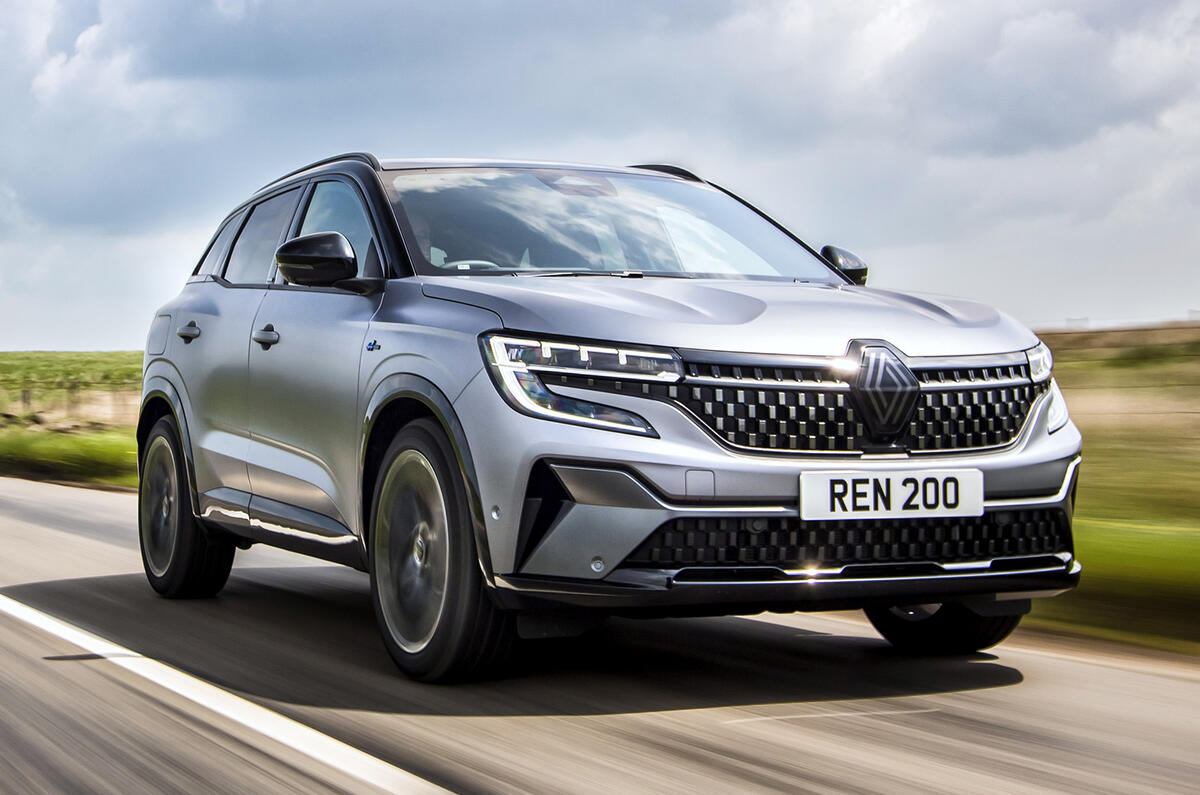
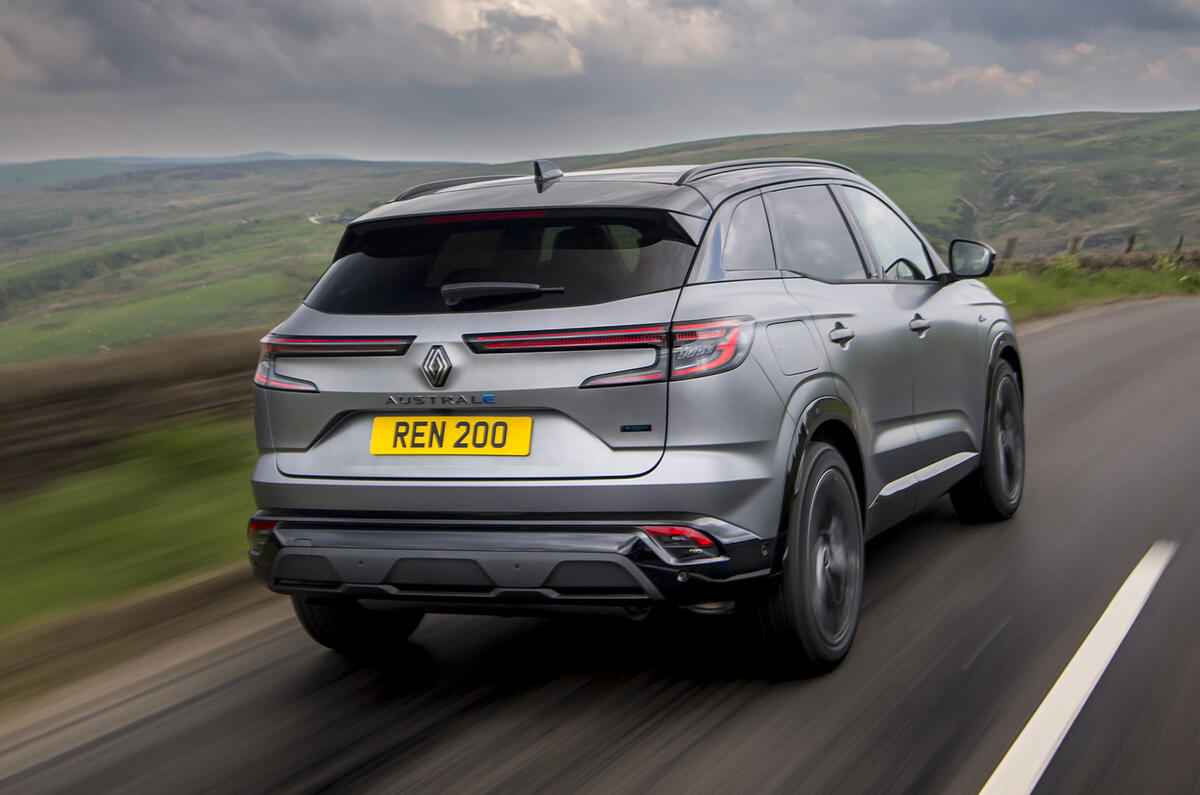
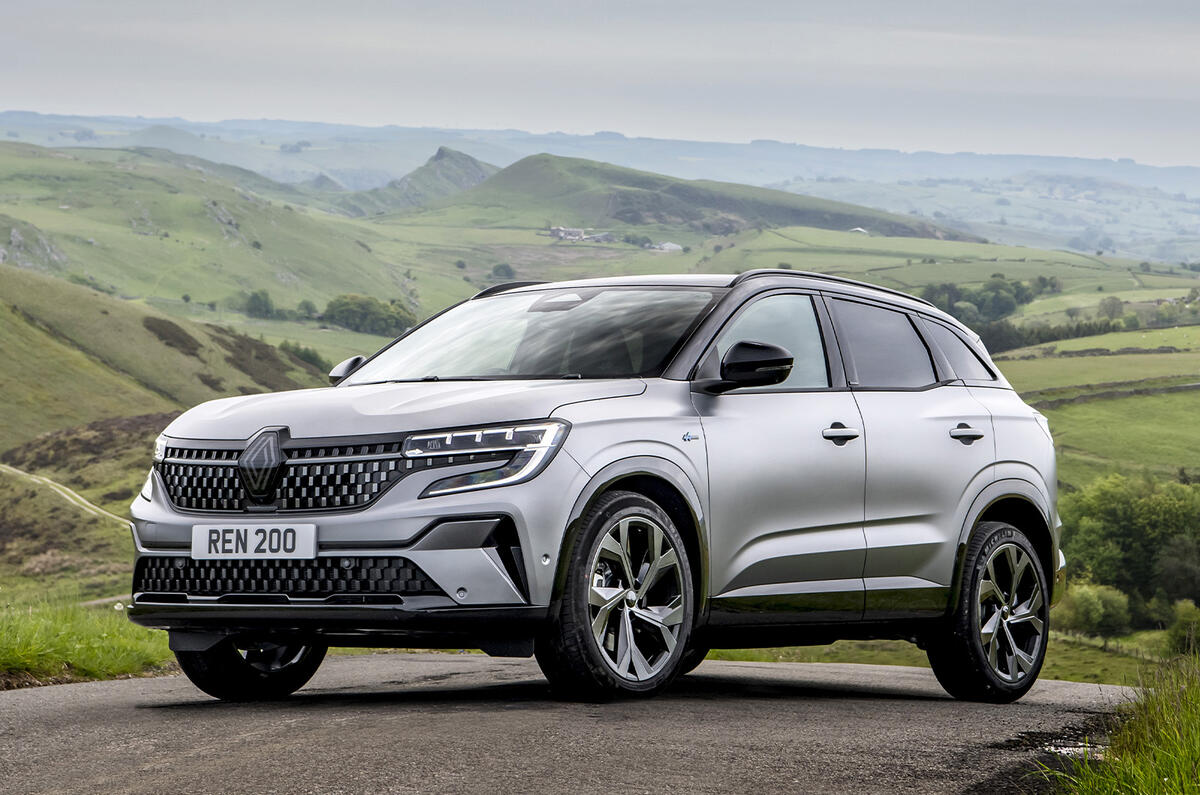
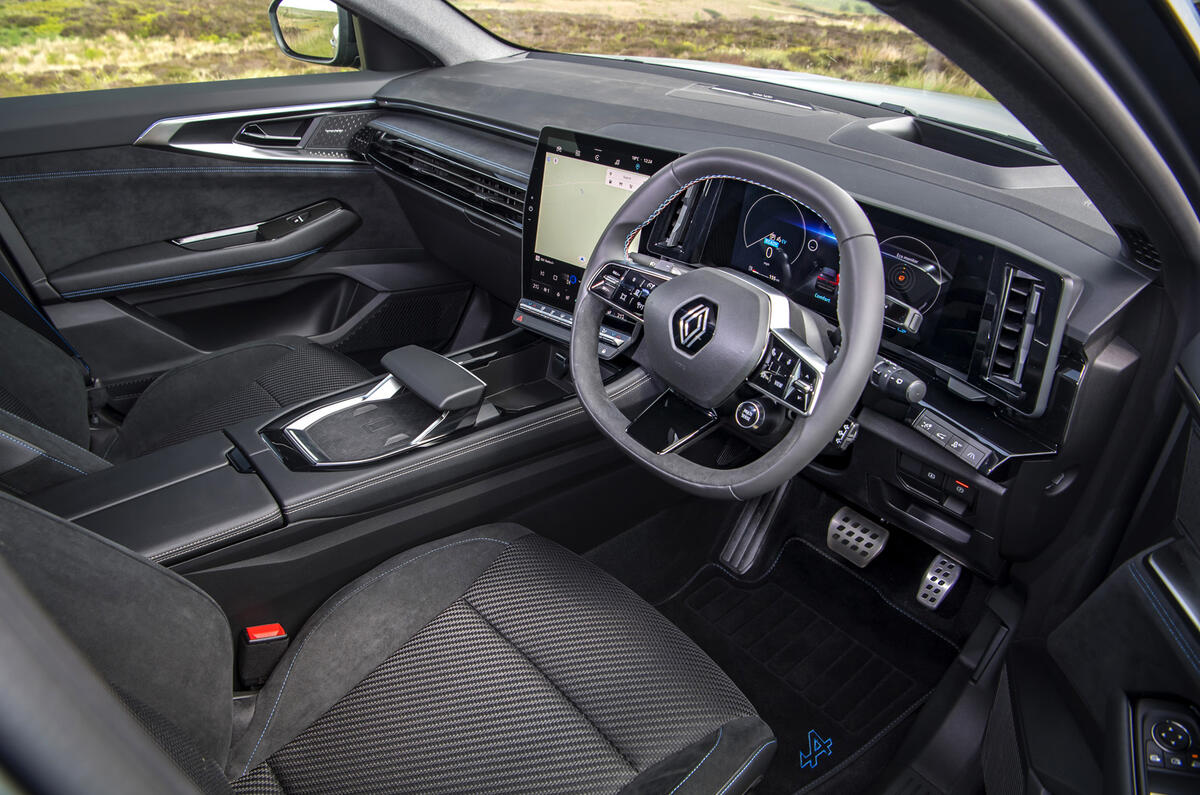
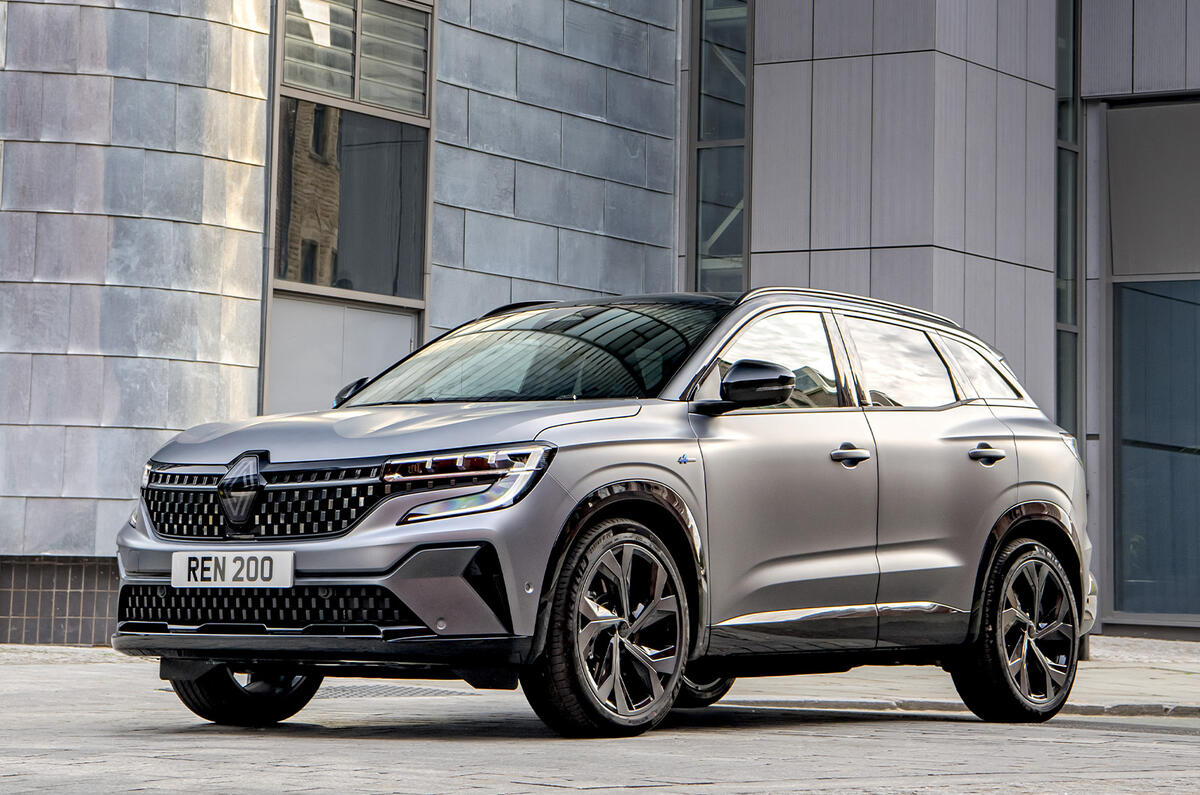
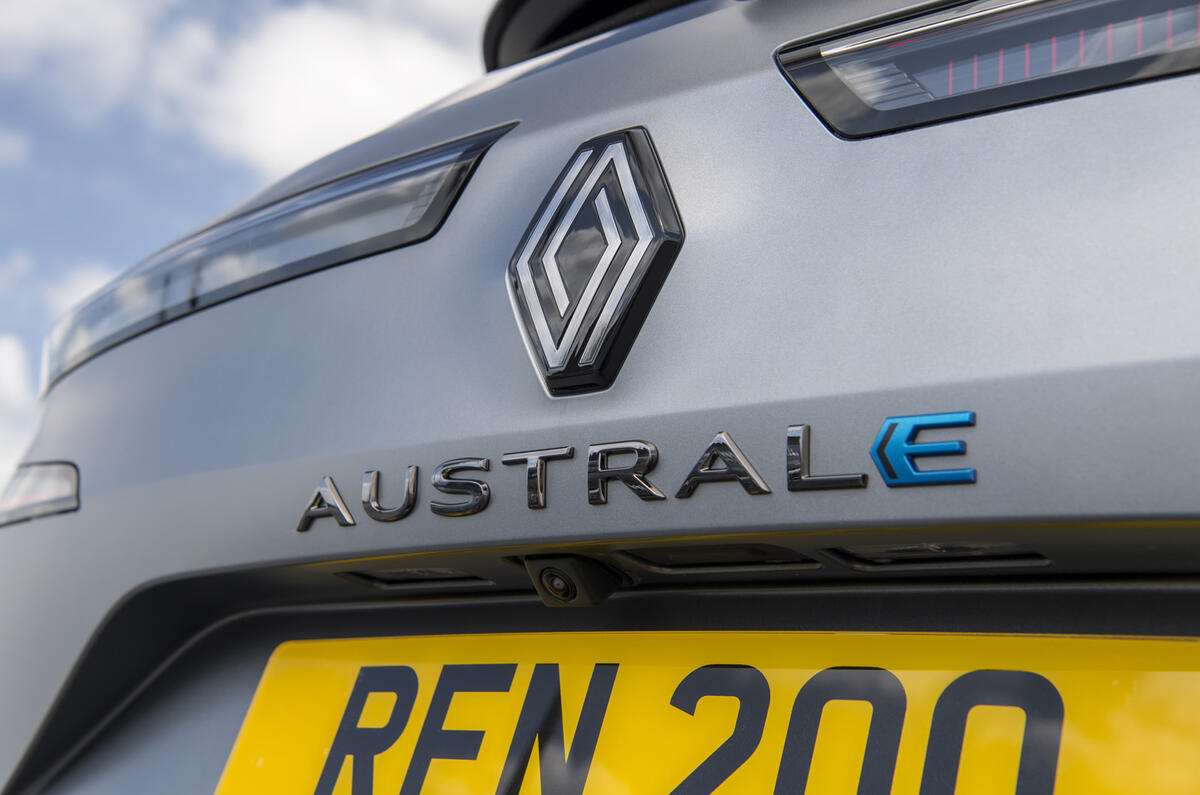
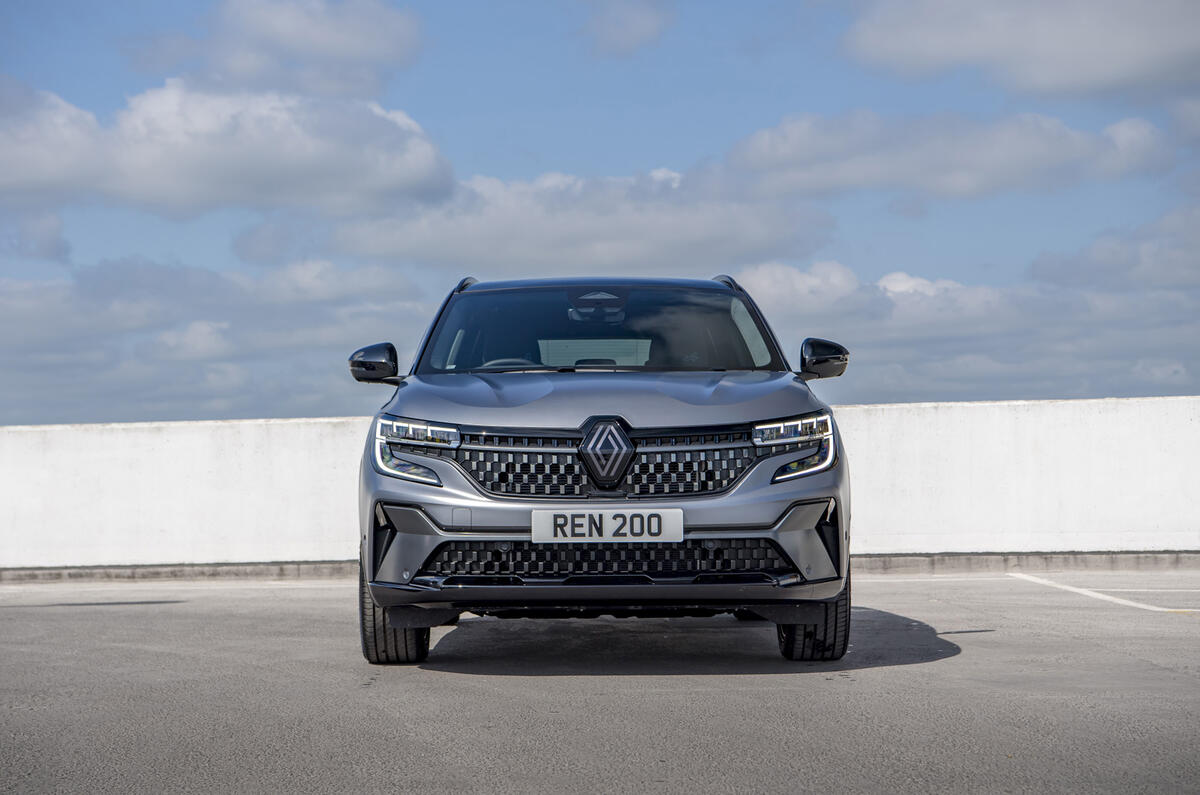
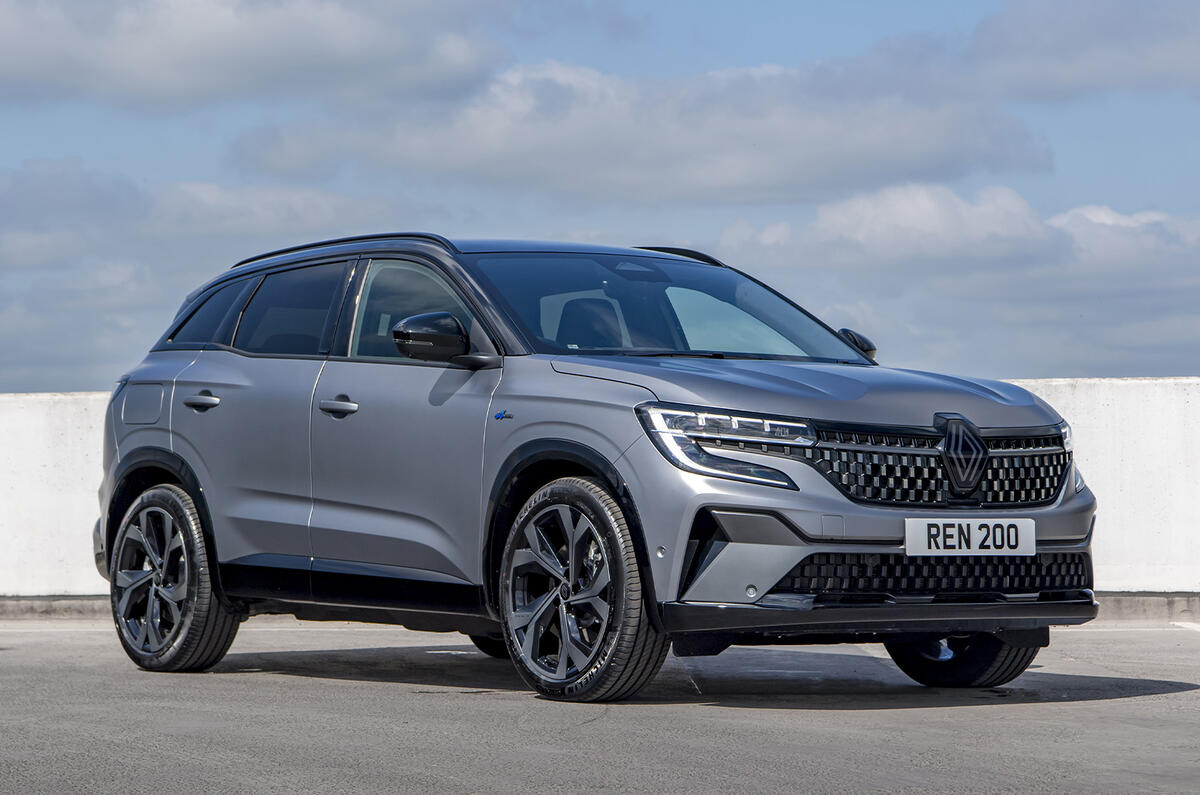
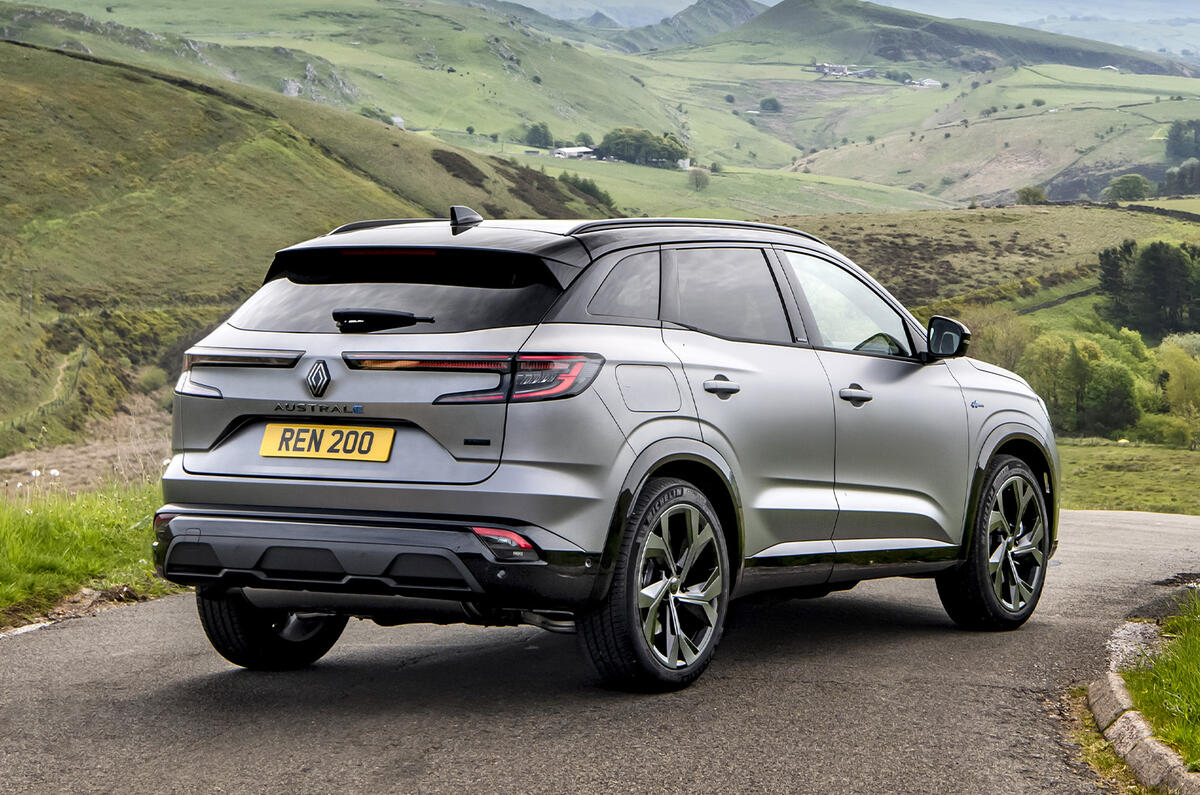
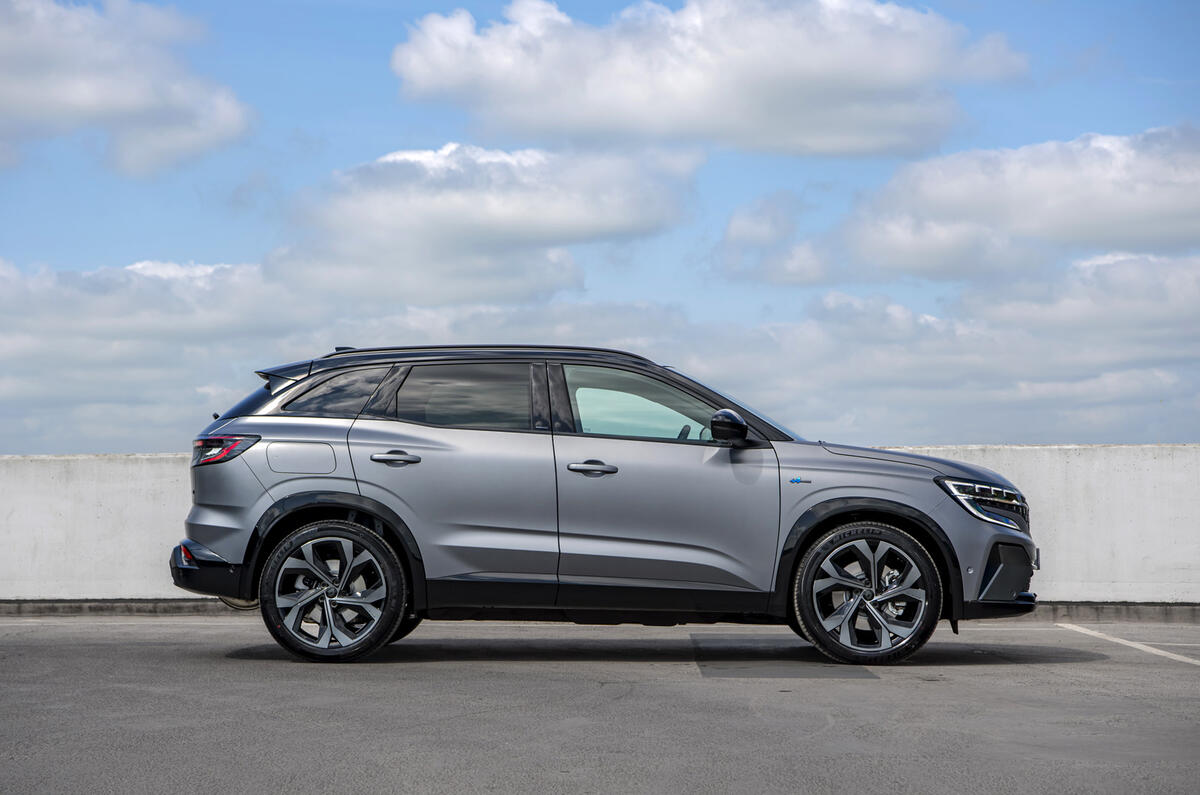
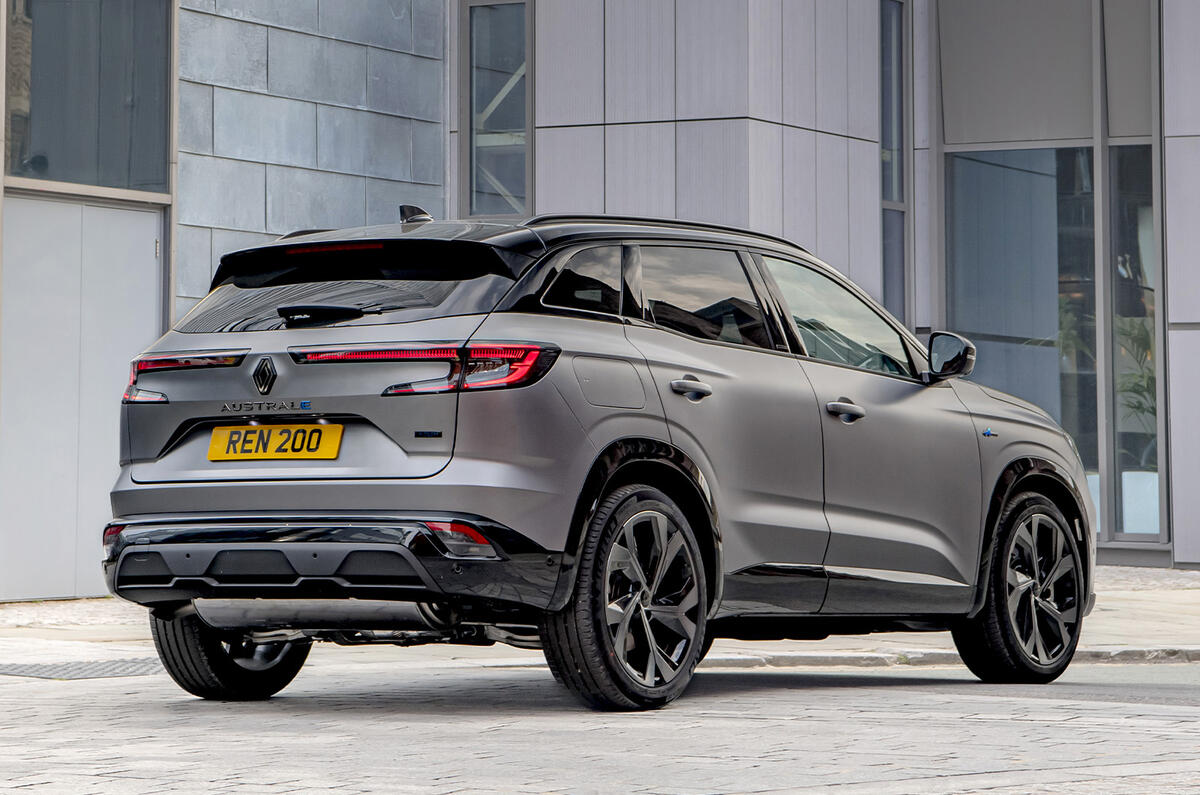
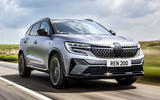
















Join the debate
Add your comment
I thought one of the advantages of the high riding SUV bodystyle was that you could have longer travel suspension, improving the ride comfort? Sounds like Renault just haven't engineered this thoroughly enough.
Renault say their customers like simplicity, nothing about this car sounds simple to me.
The problem is modern focus on sporty dynamics that result in a tall car receiving stiffer spring-rates, in order to control suspension movements -- seems many folks nowadays don't want the dive and pitch that go with, long-travel. So suspension is stiffened to limit those movements. And taller vehicles receive stiffer springs stil -- as higher center of gravity exaggerates such pendulum movements, meaning stiffer spring rates are imposed. Resulting in, taller vehicles ending actually, stiffer sprung and hence less comfortable -- instead of the other way round.
Stupid money. Base price starting from 2k MORE than a Q3 and for the model tested at 39k you could have a AWD, Auto, much quicker 2.0 Q3. For the private buyer If you going to spend 35k to 40k on a car enjoy it and suffer the £300 extra a year on fuel, it's not like you can't afford it, besides you'll get the money back, plus, come resale time.